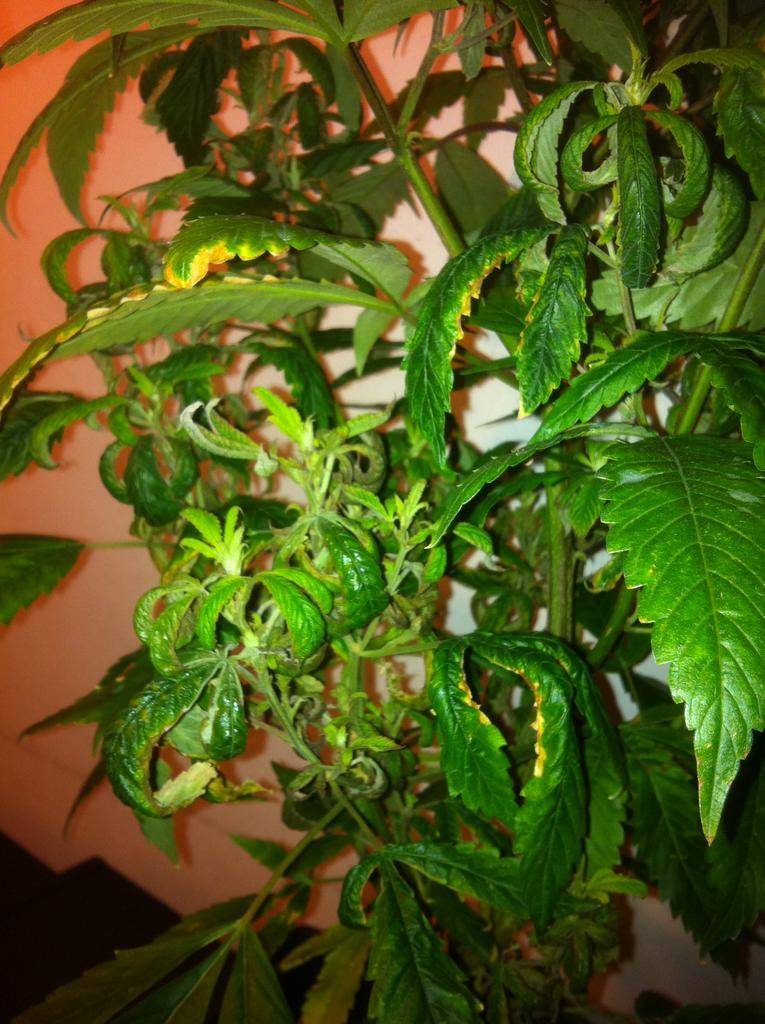S
Shan Diego
I mixed a gallon. I completely saturated my plants, probably used about 3 times as much as I needed but I did it outside so runoff was not a concern. Here's some pics of the damage on my mother plant as well as my avocados outside. I had been using my runoff water on them, and they were subsequently infested as well. Notice how the sunny side looks great and the shaded side looks afflicted...these broad mites really do hate light!







